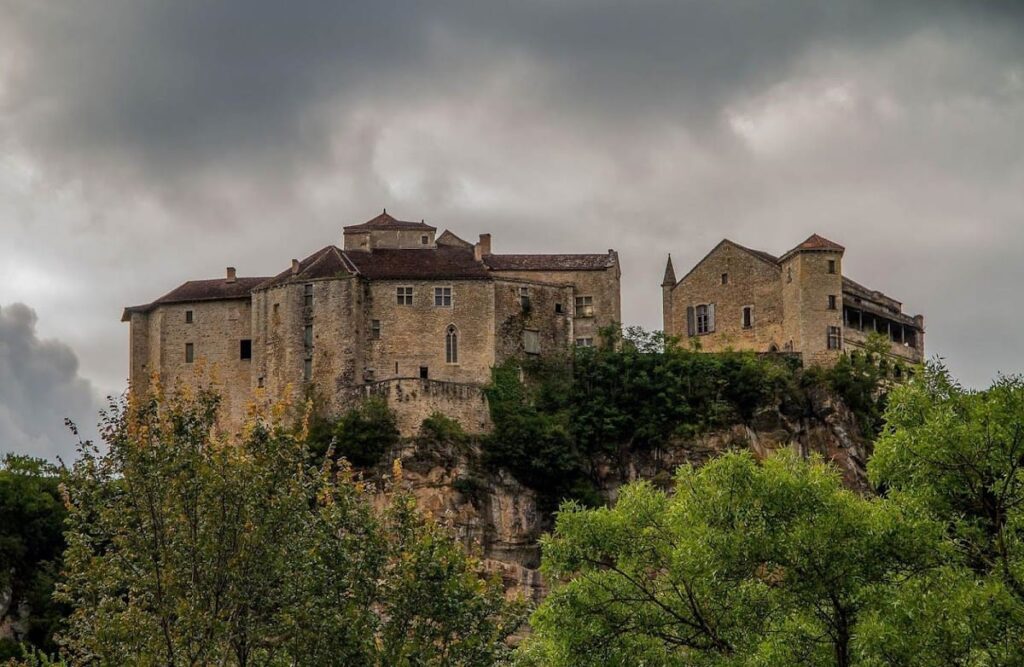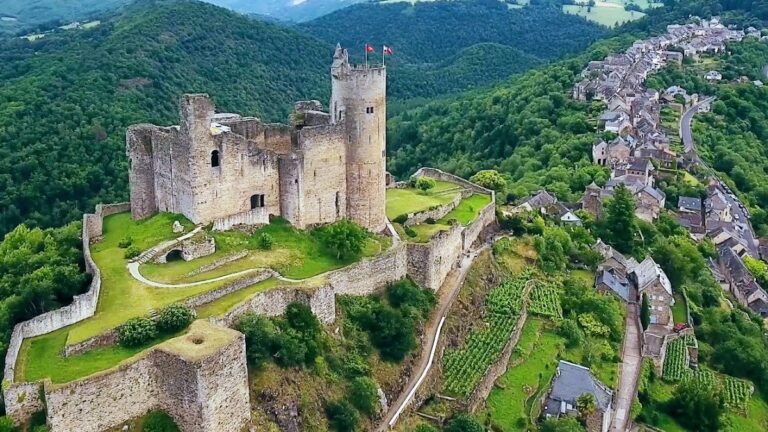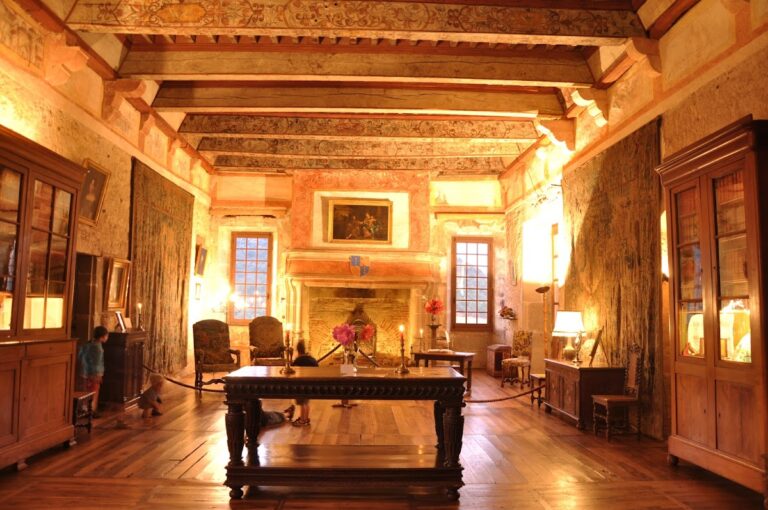Castle of Bruniquel: A Historic Fortress in Southern France
Visitor Information
Google Rating: 4.5
Popularity: Medium
Google Maps: View on Google Maps
Official Website: leschateauxdebruniquel.fr
Country: France
Civilization: Medieval European
Remains: Military
History
The Castle of Bruniquel is located in the commune of Bruniquel, within the Tarn-et-Garonne department in the Occitanie region of southern France. It stands on a high cliff overlooking where the Aveyron and Vère rivers meet. The site originally hosted a Roman military camp, known as a castrum, indicating its strategic importance in antiquity.
According to legend, the first castle on this site was built in the 6th century by Queen Brunehaut, a Merovingian ruler. This tradition is supported by the place name Brunichildum, recorded in an 11th-century document, which likely refers to the queen. By the 10th century, the castle belonged to the Abbey of Saint-Géraud d’Aurillac and served to protect the valley route connecting the Quercy and Albigeois regions.
Around 1050, Bruniquel became a viscounty under a branch of the viscounts of Toulouse. This status lasted until about 1175, when the site was taken in 1176 by the counts of Toulouse from the Trencavel family. The current “château vieux” or old castle was constructed in the 13th century on the ruins of the original fortress. It remained under the counts of Toulouse and later the viscounts of Bruniquel.
In the late 15th century, between 1485 and 1510, a second castle known as the “château jeune” or young castle was built by Maffre de Comminges-Couserans. This construction followed a division of the estate between rival branches of the Comminges family. For about three centuries, the two castles were owned by opposing family branches, with the “château vieux” held by Catholics and the “château jeune” by Protestants.
The two properties were reunited in 1780 when Louis Rigal d’Ouvrier, the viscount of the “château vieux,” purchased the “château jeune.” The castles were officially recognized as historic monuments in 1840. In 1987, the local municipality acquired the site and focused restoration efforts primarily on the “château jeune.”
Guillaume de Tudèle, a chronicler of the Albigensian Crusade, lived in the “château vieux,” linking the site to this significant medieval conflict. The castle also served as a filming location for the 1975 movie “Le Vieux Fusil,” during which a modern well was added to the courtyard.
Remains
The Castle of Bruniquel consists of two main structures built on a cliff 90 meters above the confluence of the Aveyron and Vère rivers. The “château jeune” is positioned above the “château vieux,” creating a layered defensive complex.
The “château vieux” retains a square donjon, known as the Tour Brunehaut, dating from the 12th century. It also includes 13th-century residential buildings with vaulted rooms originally constructed in the 12th century, alongside ramparts from the 13th century. A Renaissance gallery with six arcades overlooks the river from the cliff edge. The knights’ hall shows damage from religious wars, and the castle underwent modifications during the 18th and 19th centuries.
The “château jeune,” built between 1485 and 1510, was remodeled in the Baroque style. Internal changes include window openings added in the 17th and 18th centuries and a sculpted door installed in 1683 at the staircase entrance. Noteworthy features include a 17th-century kitchen with a rare nine-hole stove, an early form of a modern cooker, and a reception hall remodeled in the same century. A chapel within the castle was converted into a kitchen. One chimney from the castle was moved in the 19th century to the dining room of the Château de Lastour in Réalville.
The fortifications and advanced defensive works of both castles have been recognized for their historical value, with protections extended by a decree in 2025. The site remains a significant example of medieval and early modern military architecture in the region.










